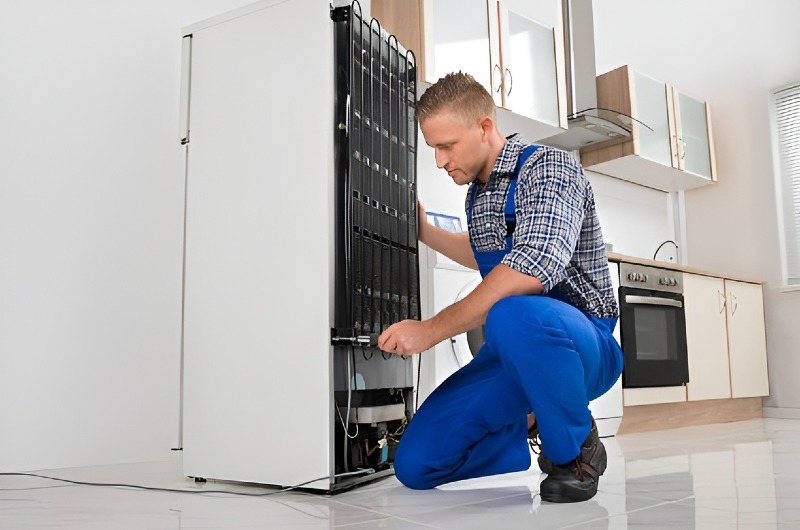1/24/2025 7:49 PM

Refrigerators are among the most crucial devices in every household, tirelessly maintaining the freshness of our food and the chill of our drinks. Nonetheless, similar to any device, they may sometimes encounter issues. If you've observed that your refrigerator isn't functioning properly, you may be thinking about refrigerator repair.In this section, we explore various DIY solutions, frequent error codes, and advice that may assist you in addressing these problems without requiring a service visit.
To begin with, if your fridge isn't cooling efficiently, the problem could be as straightforward as a filthy condenser coil. These coils, usually found at the rear or beneath the refrigerator, can gather dust and dirt, forcing the appliance to exert more effort to remain cool. Disconnect your refrigerator and use a vacuum or coil brush to carefully clean them. This straightforward maintenance might occasionally be everything required for a successful fridge repair.
Now, let's discuss the thermostat and temperature adjustments. If your refrigerator isn’t chilling food as it should, check that the thermostat is adjusted to the proper temperature. The optimal temperature for the refrigerator should be between 37 and 40 degrees Fahrenheit. If altering the thermostat doesn’t work, it could be defective and require replacement.
Error codes displayed on contemporary refrigerators can be useful yet perplexing. Should your refrigerator show an error code, consult your user manual to comprehend what it means. Frequent codes such as E1 or F1 may frequently indicate problems with the defrost timer or sensors. These are usually simple solutions if you're at ease with the appliance's troubleshooting instructions.
A common problem that requires refrigerator repair is a fridge that leaks. This might result from a clogged defrost drain, leading to water accumulation at the bottom. To resolve the issue, attempt to clear the drain with hot water using a turkey baster or utilize a pipe cleaner to eliminate any obstruction. Finally, unusual sounds can frequently be the least serious problem but the most frightening. These noises could result from anything ranging from a loose drain pan to an unlevel refrigerator. Verify that your refrigerator is balanced and that the drain pan is in place. Minor adjustments can aid in stopping problems from growing.
By trying these simple DIY troubleshooting steps, you could address your refrigerator repair issues without incurring the cost of expert assistance. Nonetheless, if you find yourself uncertain at any time or the problem continues despite your attempts, it’s advisable to seek help from a professional. Promptly addressing issues with your refrigerator not only prolongs its lifespan but also guarantees the safety and preservation of your food.